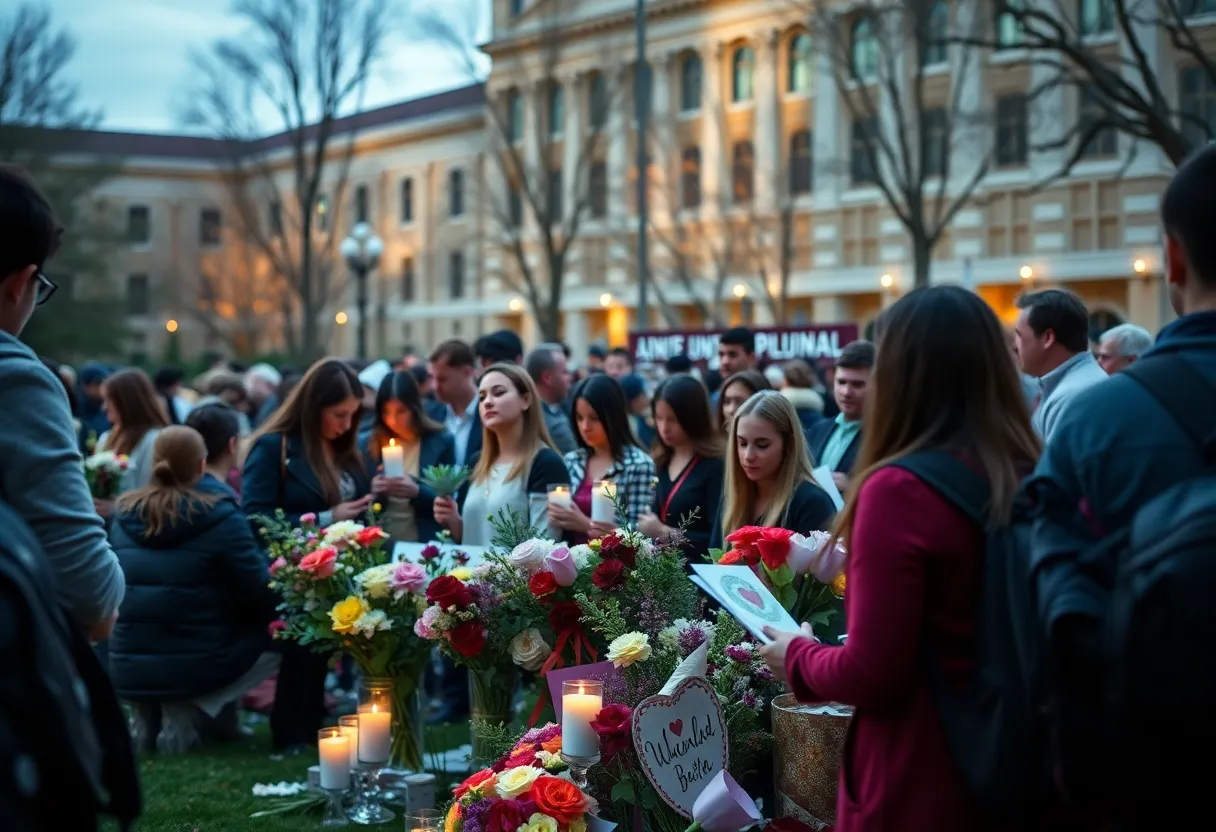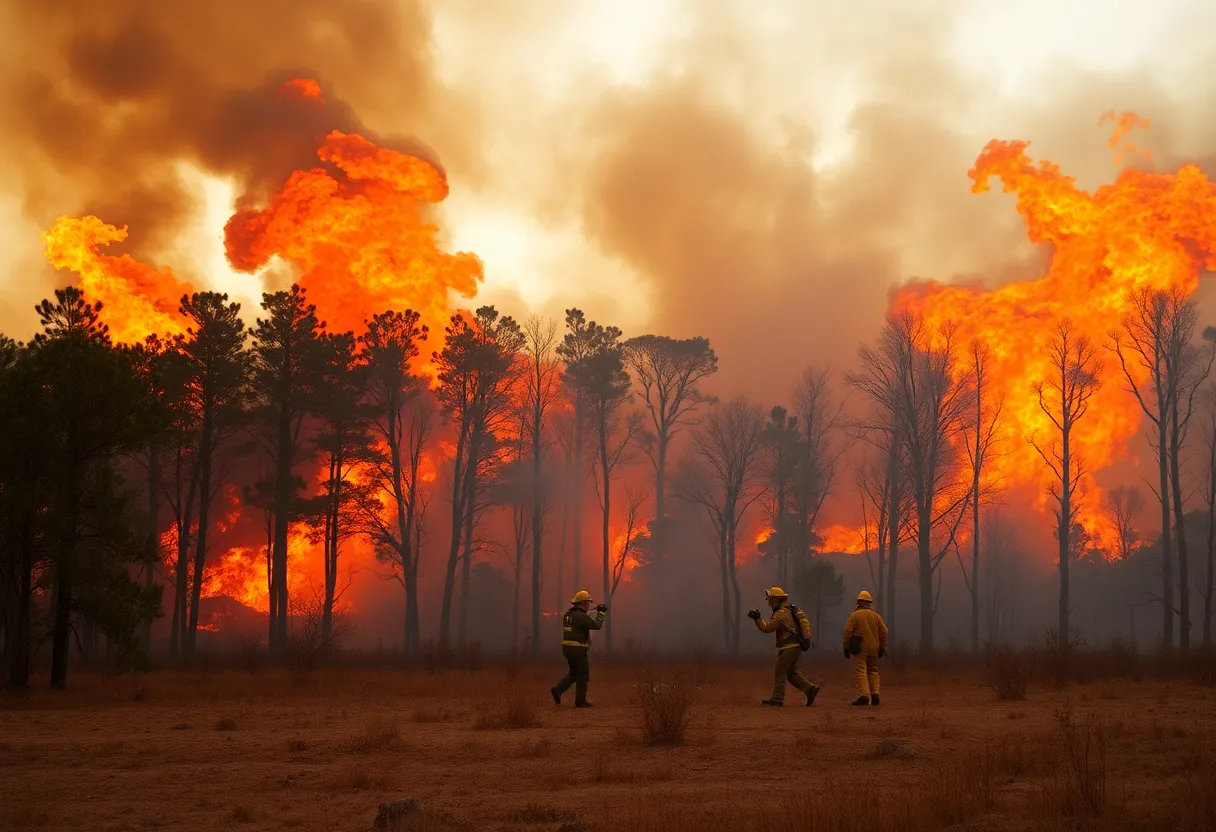San Francisco Faces New Challenges with Homelessness Increase
San Francisco, a city known for its iconic Golden Gate Bridge and diverse culture, is currently grappling with a significant rise in homelessness. Recent statistics reveal that the number of individuals experiencing homelessness has escalated over the past few years, raising concerns among city officials, residents, and service providers.
The Current Situation
As of the latest count, approximately 8,000 people are living on the streets or in temporary shelters across the city. This marks an increase of about 30% since the last census conducted two years ago. Local advocacy groups are alarmed by the rising numbers, pointing out that these figures reflect ongoing struggles with affordable housing, mental health issues, and substance abuse.
Community Impact
The impact of homelessness on the community has become increasingly visible. Many neighborhoods report an uptick in encampments and littering, prompting mixed feelings among residents. “It’s heartbreaking to see so many people suffering,” said a longtime resident of the Tenderloin District. “But at the same time, residents are concerned about safety and cleanliness.”
City Government Response
In response to the growing crisis, the city government has ramped up efforts to address homelessness. Recent initiatives include the introduction of more temporary shelters and services aimed at helping individuals transition into permanent housing. City officials unveiled a new plan to allocate $20 million toward expansion of outreach programs within the next fiscal year. This funding will focus on providing case management and support for mental health and addiction services.
Challenges Ahead
Despite these efforts, city officials face numerous challenges. The high cost of living in San Francisco has made it difficult for many to find affordable housing. The current average rent for a one-bedroom apartment may exceed $3,000 per month, making it nearly impossible for low-income individuals to secure stable accommodations. “We are in a crisis that has deep roots,” explained a city planner. “Addressing homelessness requires not just temporary fixes, but also long-term solutions that include affordable housing options.”
Public Opinion
Public opinion on how to handle the homelessness crisis remains divided. Some residents advocate for expanded shelters, while others strongly believe in mandatory treatment for individuals battling addiction. “We need to care for the people out there, but we also need to make sure our neighborhoods are safe,” commented another local. “There has to be a balance.”
Community Programs and Non-Profits
Many non-profit organizations are stepping in to offer assistance. Groups like the Coalition on Homelessness and Compass Family Services play vital roles in providing meals, hygiene supplies, and emotional support to those in need. These organizations often rely on donations from the community to sustain their programs. A recent fundraiser raised over $100,000 to help support their outreach efforts.
Moving Forward
As San Francisco aims to tackle the complexities of homelessness, city leaders continue to explore new strategies and engage with the community. Discussions around homelessness highlight the importance of collaboration between city officials, non-profits, and the public. A recent town hall meeting gathered community members and officials to brainstorm potential solutions, reflecting a growing determination to tackle the crisis head-on.
Conclusion
While the path forward is uncertain, the need for empathy and proactive solutions remains crucial for San Francisco as it faces these pressing challenges. As the city continues to deal with this multifaceted issue, it stands as a reminder of the ongoing struggle for dignity and stability for all its residents.







